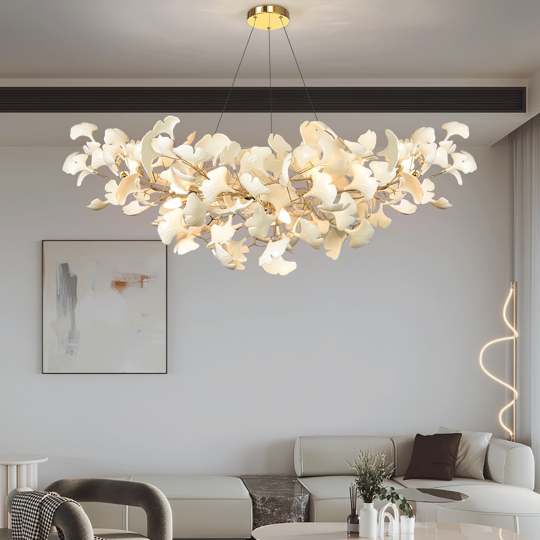Unveiling the Magic: Discover the Allure and History of Chandeliers
Chandeliers are more than just lighting fixtures; they are captivating pieces of art that can transform the ambiance of a space. Historically significant and visually striking, chandeliers have adorned palaces, grand halls, and homes for centuries, symbolizing wealth and luxury. Their allure lies not only in their ability to illuminate a room but also in their capacity to elevate the aesthetic appeal of any environment, from opulent dining rooms to cozy living areas. In this exploration, we will delve into the fascinating history of chandeliers, uncover the various types available today, and examine their integral role in enhancing interior design.

The Fascinating History of Chandeliers
The origins of chandeliers can be traced back to the medieval period, where simple wooden or iron frames held candles, providing light to dark, cavernous spaces. As time progressed, the design and craftsmanship of chandeliers evolved significantly. By the Renaissance period, chandeliers became more elaborate, often crafted from exquisite materials like brass and glass. The Baroque period saw the emergence of crystal chandeliers, which reflected light in dazzling ways and became a staple in the homes of the aristocracy. The opulence of these fixtures symbolized power and wealth, showcasing intricate designs that often featured ornate details and luxurious embellishments. Today, chandeliers continue to enchant us, blending historical grandeur with modern aesthetics.
Types of Chandeliers
Chandeliers come in a myriad of styles, each with its unique charm and character. Crystal chandeliers, often the epitome of elegance, are made with sparkling glass crystals that refract light, creating a mesmerizing display. These are commonly found in formal dining rooms and grand entryways, enhancing a sense of sophistication. On the other hand, modern chandeliers embrace sleek lines and minimalistic designs, utilizing materials like metal and glass to create contemporary art pieces. Rustic chandeliers, often made from reclaimed wood or wrought iron, bring a warm, homey feel to spaces, perfect for country-style homes or cozy cabins. Each type of chandelier serves a distinct purpose and contributes to the overall design theme, making it essential to choose one that resonates with your personal style and the room's atmosphere.
Chandeliers in Different Cultures
The allure of chandeliers extends beyond Western design, as various cultures have embraced these stunning fixtures. In Europe, the Baroque style reigns supreme, characterized by intricate designs and elaborate decorations. Conversely, Asian influences often incorporate natural materials and minimalist designs, reflecting a deep connection to nature. In Middle Eastern cultures, chandeliers are designed with elaborate patterns and vibrant colors, often found in mosques and rich interiors, symbolizing light and spirituality. Each culture interprets the chandelier differently, infusing it with unique meanings and artistic expressions that tell a story of their heritage and values.
The Role of Chandeliers in Interior Design
Chandeliers play a pivotal role in interior design by serving as focal points that draw the eye and set the mood of a room. The psychology of lighting is profound; chandeliers not only illuminate but also evoke emotions, creating a sense of warmth and welcome. When selecting a chandelier, it’s essential to consider the space it will inhabit. For instance, a grand chandelier can elevate the elegance of a ballroom, while a smaller, understated piece may be ideal for a cozy dining nook. The key is to balance scale, style, and function, ensuring that the chandelier complements the overall design while providing sufficient lighting. Thoughtfully chosen, a chandelier can become a statement piece, reflecting the homeowner's personality and enhancing the room's aesthetic appeal.
Timeless Appeal of Chandeliers
In summary, chandeliers are not merely decorative objects; they are symbols of history, culture, and design innovation. From their humble beginnings to their status as luxurious statement pieces, chandeliers continue to captivate our imagination and transform our living spaces. Their timeless allure and historical significance remind us of the beauty that lighting can bring into our lives. As you consider your own home, think of how a chandelier could serve as a stunning centerpiece, illuminating not just the room but also the moments shared within it.








